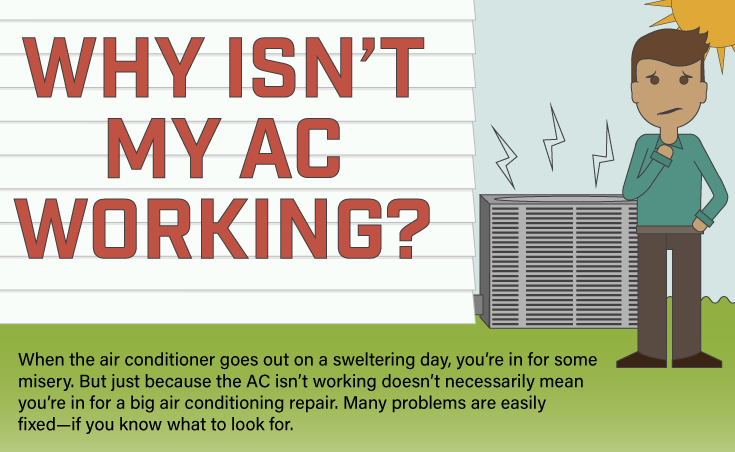Constant Errors To Steer Clear Of When Mounting A Heatpump
Constant Errors To Steer Clear Of When Mounting A Heatpump
Blog Article
Web Content Created By-Lykke McFarland
When installing a heatpump, you have to avoid usual blunders that can endanger its efficiency. Forgeting proper sizing might result in ineffectiveness and higher energy costs. Neglecting insulation and sealing might cause power wastage and pressure on the unit. In addition, positioning the exterior device incorrectly may impact its efficiency. By staying clear of these mistakes, you can guarantee ideal operating and durability of your heatpump system.
Improper Sizing of Heat Pump
When it comes to the installation of heat pumps, one of the most common blunders is improperly sizing the system for your room. Ensuring the best dimension is essential for optimum efficiency. If the heatpump is as well tiny, it will certainly have a hard time to warmth or cool your room successfully, leading to enhanced power costs and possible damage on the unit.
On the other hand, if the heat pump is too huge, it will certainly cycle on and off often, triggering temperature changes and lowering its lifespan.
To avoid this error, it's essential to have a specialist examine your room and recommend the proper dimension of the heatpump based upon aspects like square video footage, insulation, ceiling elevation, and neighborhood environment. By spending the time and initiative to guarantee the right sizing, you can enjoy a comfortable environment while maximizing energy efficiency and lengthening the life expectancy of your heat pump.
Inadequate Insulation and Sealing
To make sure the efficient procedure of your heatpump, it's critical to attend to poor insulation and securing in your area. Correct insulation assists keep a consistent temperature indoors, reducing the work on your heatpump. Inadequate insulation can cause power loss, making your heatpump work harder and much less successfully.
Sealing any spaces or leakages in your room is equally important. https://tysonlpkhc.blogunok.com/30734834/unravel-the-typical-misconceptions-bordering-heatpump-repair-service-to-gain-access-to-critical-knowledge-that-could-shield-you-from-incurring-unneeded-costs-uncover-the-truths-right-here enable conditioned air to get away and outside air to permeate in, requiring your heat pump to make up for the temperature changes.
Incorrect Placement of Outdoor Device
Attending to the placement of your heat pump's exterior device is key to enhancing its efficiency. Installing the exterior system in an inaccurate place can cause performance issues and possible damage to the system.
One common blunder to prevent is placing the outdoor device too near to a wall or other frameworks. This can restrict air movement, creating the unit to function more difficult to warmth or cool your space, inevitably minimizing its performance and life-span.
One more error to stay away from is putting the exterior device in straight sunlight. While some sunlight is inescapable, extreme direct exposure can lead to getting too hot, especially throughout hot summer days. https://cost-to-replace-hvac-and55566.onzeblog.com/30505835/seeking-the-perfect-heat-pump-for-your-space-investigate-the-numerous-nuances-between-air-source-and-ground-source-services-to-satisfy-your-home-heating-choices to position the outdoor unit in a shaded area to help preserve its ideal operating temperature level.
Moreover, see to it that the outdoor unit is put on a stable and degree surface. Uneven ground can cause vibrations and unneeded pressure on the device, influencing its efficiency in time.
Conclusion
In conclusion, preventing typical blunders during heatpump installation is crucial for taking full advantage of effectiveness and longevity of your system. By Learn Even more Here sizing, adequate insulation, securing, and proper placement of the exterior unit, you can prevent issues such as ineffectiveness, increased power bills, and stress on the system. Taking the time to address these essential elements will inevitably conserve you money and time in the future.
